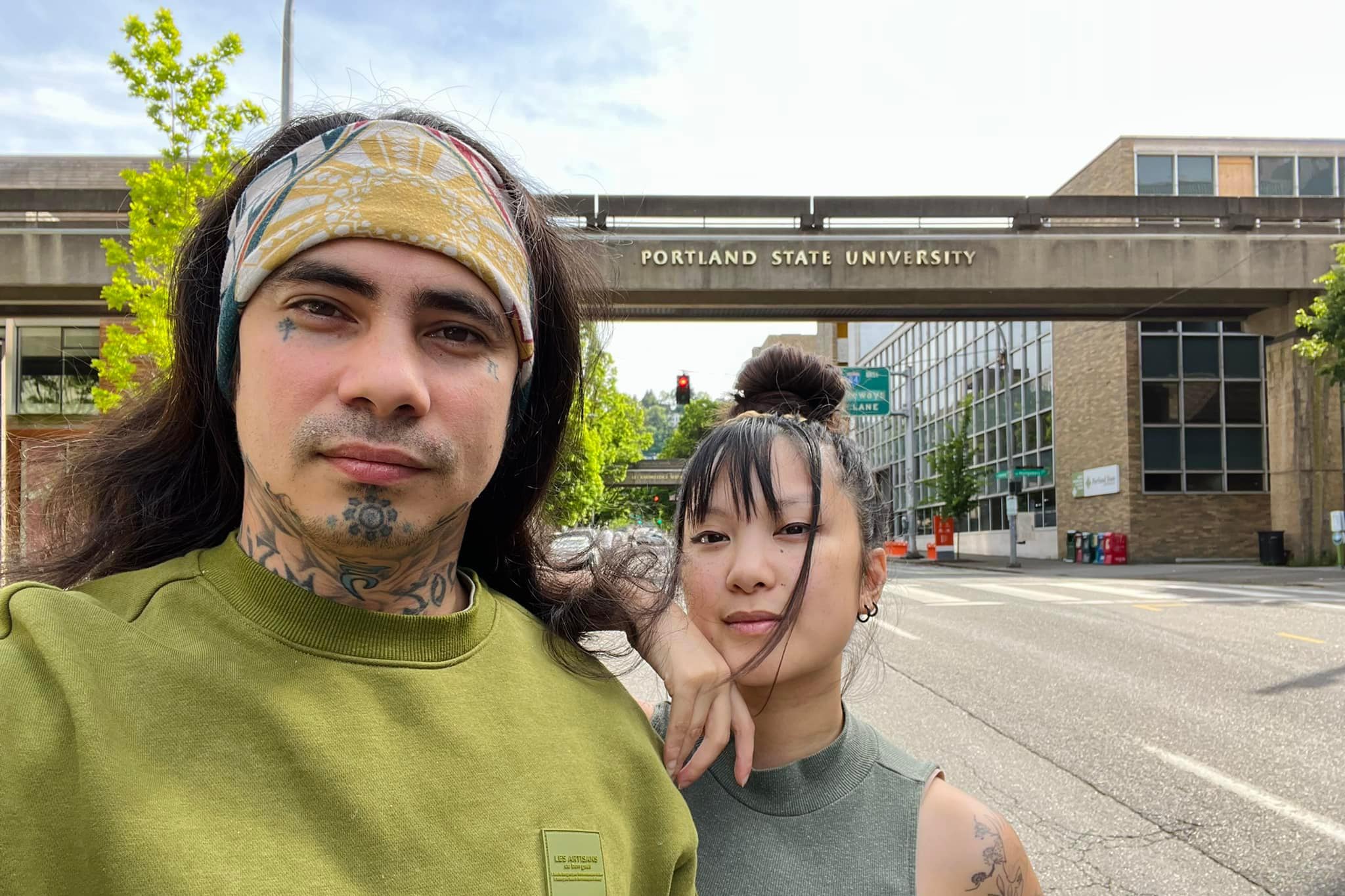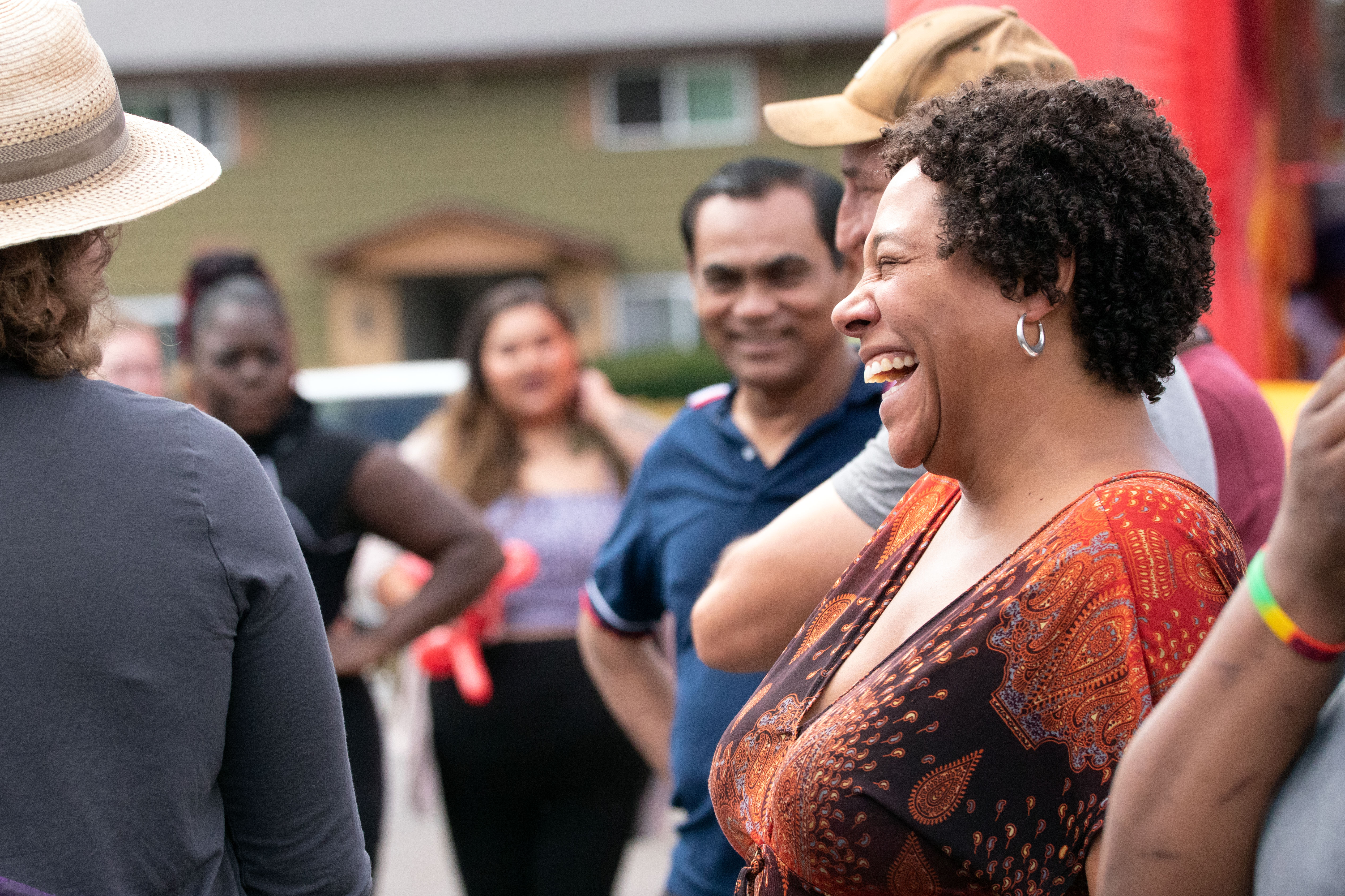Santa Barbara CA
AMRF
Nonprofits, Social Enterprise
The Arlene and Michael Rosen Foundation funds organizations to make systemic change in homelessness and behavioral health. As a white-led philanthropic foundation primarily supporting BIPOC-led initiatives, AMRF came to Two Hats to develop a modest presentation and communicate their commitment to racial equity. Their new website foregrounds their partners’ leadership in building individual and collective wellness.
Services

Streamlining the Grant-making Process:
Reducing Barriers to Receiving Grants
Small community-based nonprofits have limited administrative capacity to meet bureaucratic grant requirements. To help level the playing field for these kinds of organizations, we streamlined AMRF’s grant-making process with a customized web form. Now, aligned organizations can quickly receive bootstrapping grants of unrestricted funds.

Building Trust With
Courageous Truth-Telling
AMRF openly acknowledges how they have benefited from structural racism and how they see their work through a reparations lens. This truth-telling approach attracts appropriate community partners to build coalitions committed to dismantling systems of structural oppression while addressing the ongoing impacts of racial inequities in wellness and access to housing.


It’s been a real pleasure working with Two Hats Consulting. They are highly skilled listeners (which isn’t nearly as common as it should be) and effective researchers. We’ve been impressed by how deeply and thoroughly they understand our issues and positions.
— Jason Satterfield, Executive Director, AMRF

Cultivating Strategic Partnerships With
An Approachable Presentation
AMRF’s new logo, color palette, and messaging guide are designed to communicate strategically with audiences with very different cultures and aspirations. They needed to balance being approachable and modest with showing confidence and scaling impact in order to appeal to community-based beneficiaries, municipalities, and other philanthropic foundations. Collaborating across these differences, they can better support community-based services and build systemic interventions at the same time.
